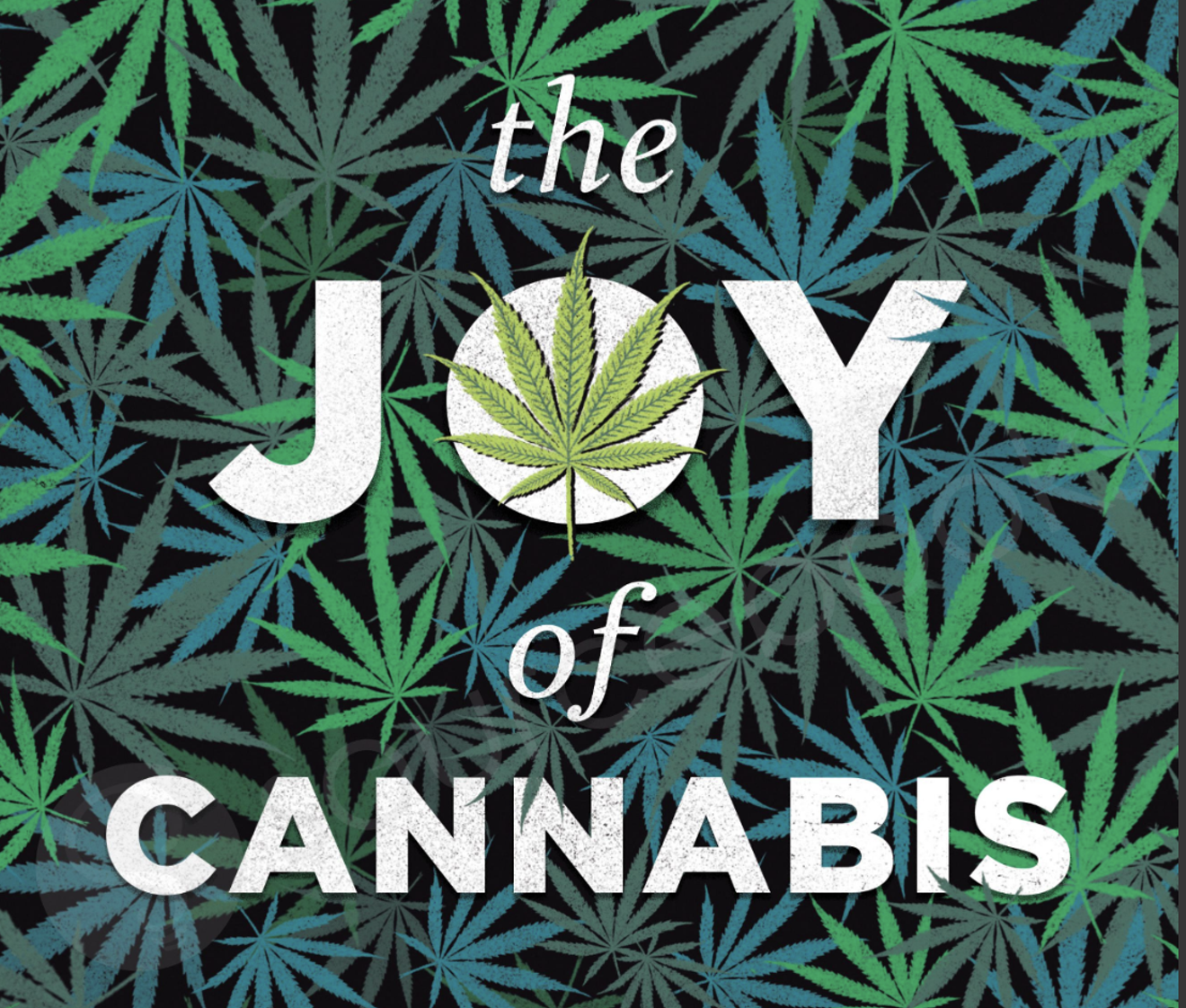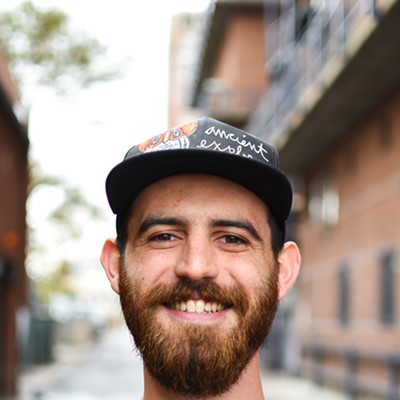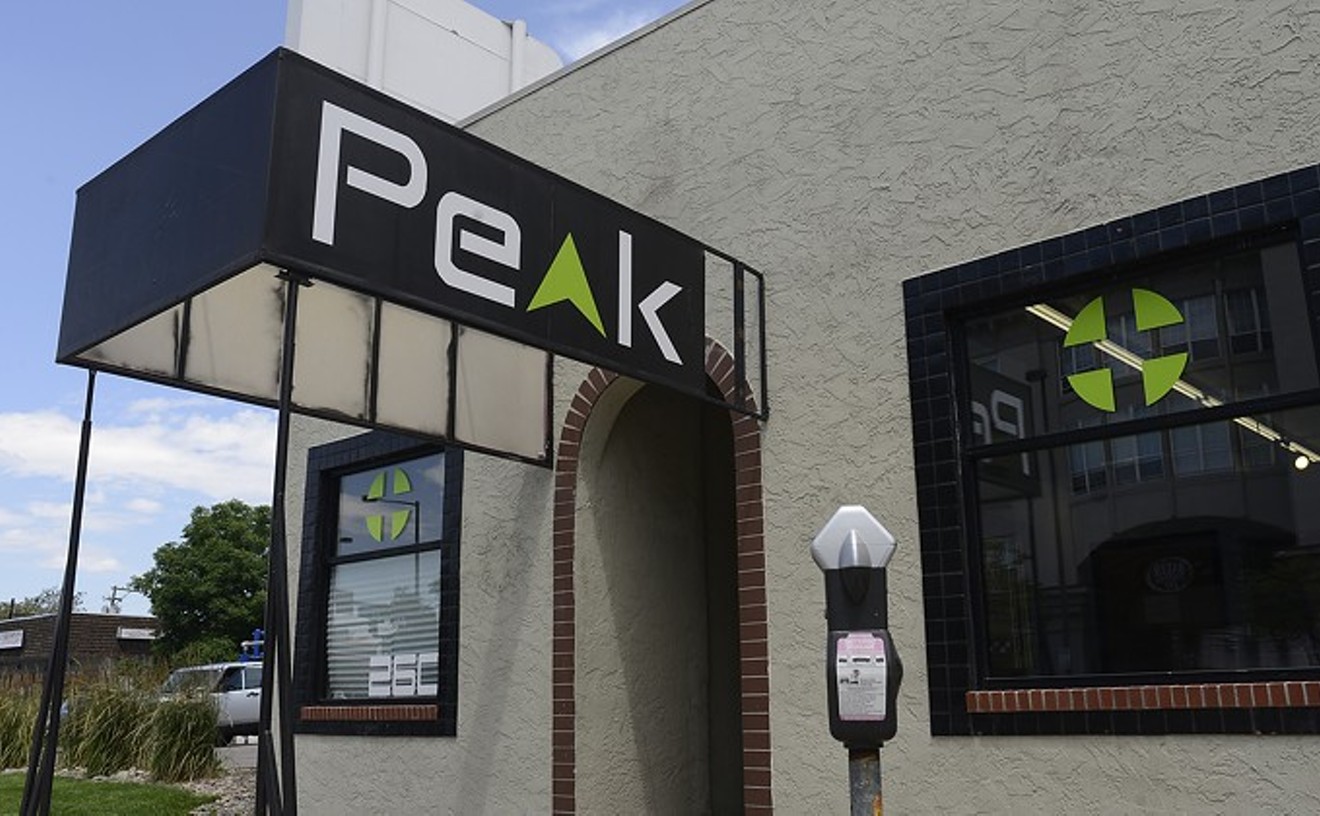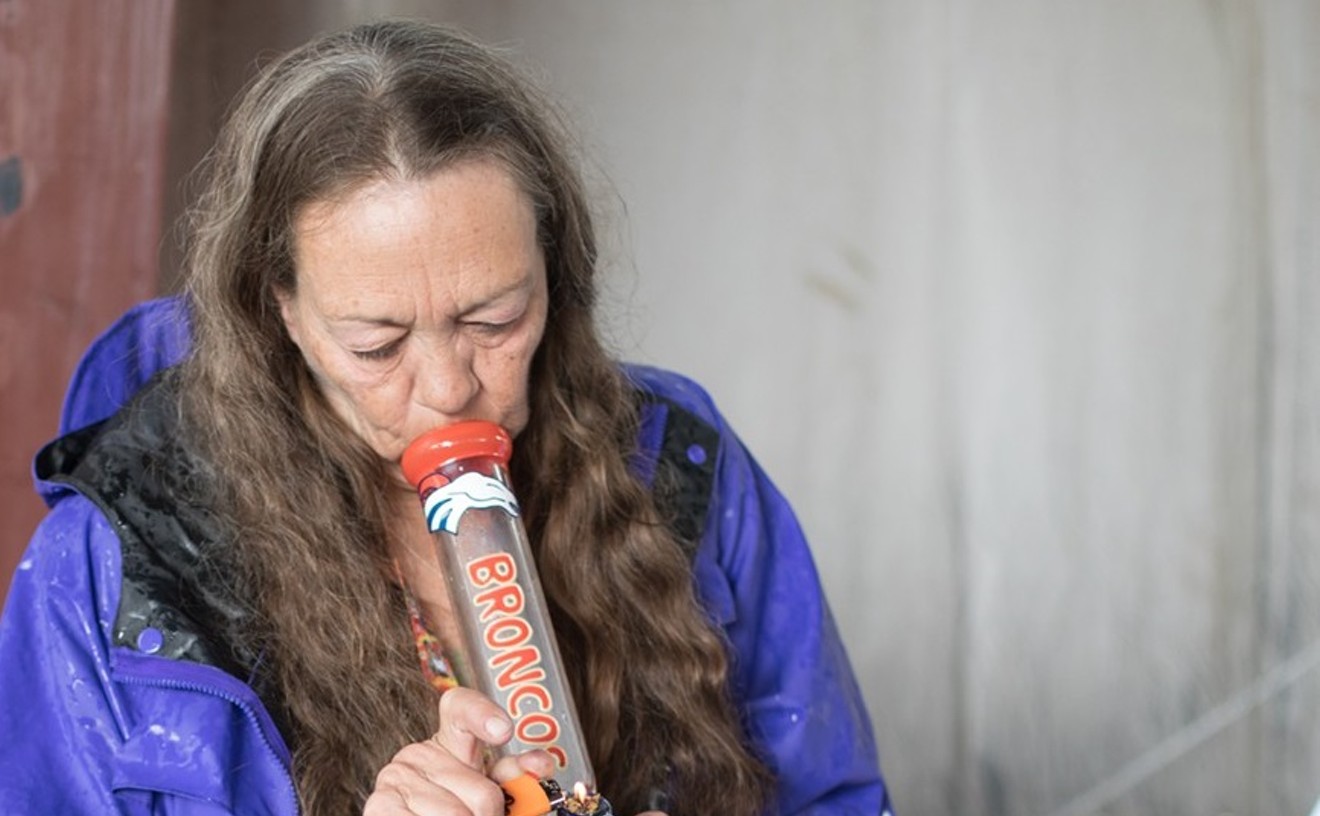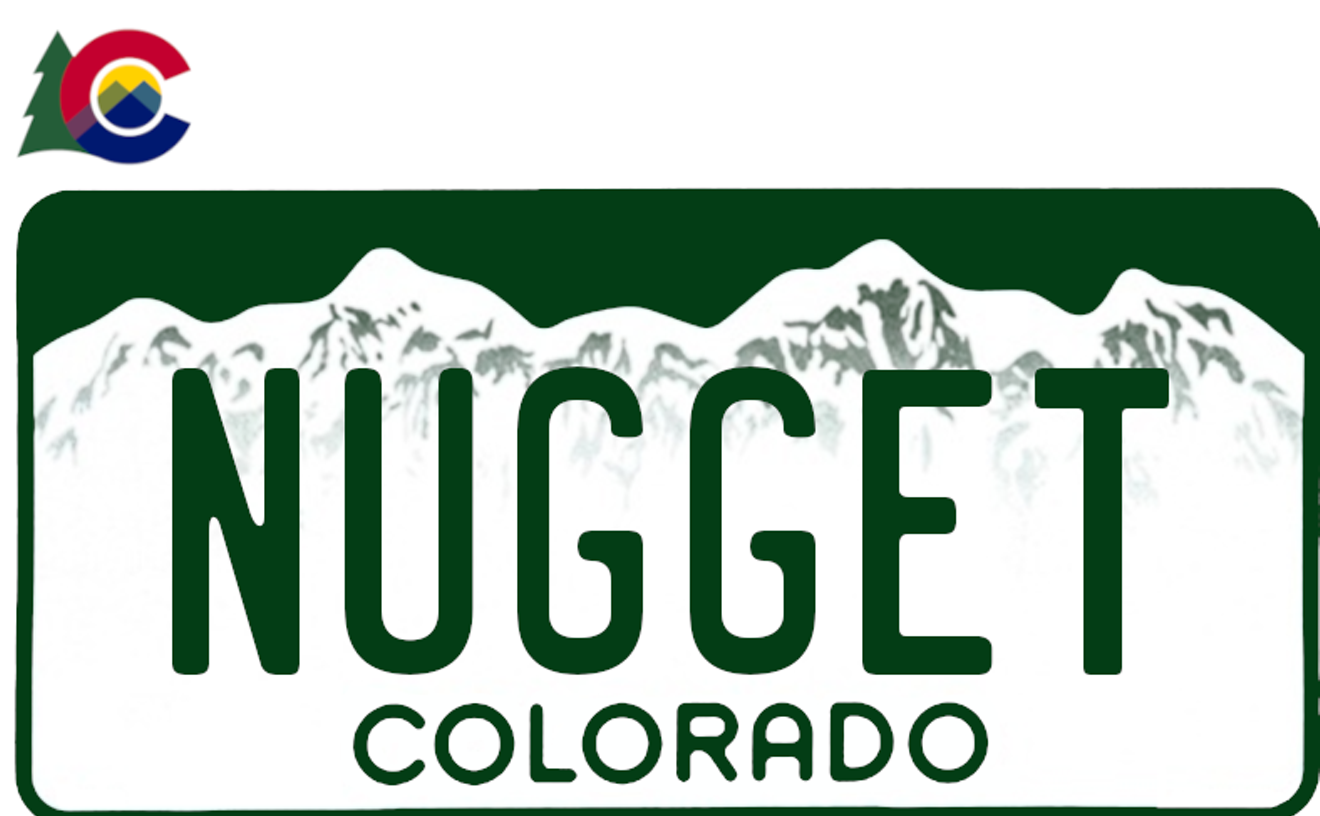Authors Larry Smith and Melanie Abrams believe they've created the equivalent to one of America's most popular cookbooks, but this one might get you cooked instead.
Republished nine times, with more than 20 million copies sold over an 86-year run, The Joy of Cooking takes readers through the basics and advanced steps of preparing everything from a ham sandwich to
duck l'orange. Smith and Abrams's upcoming guide, The Joy of Cannabis, aims to do the same for cannabis use.
Intended for the "canna-curious," The Joy of Cannabis includes historic and scientific breakdowns, personal essays, product guides and stoned activity suggestions. According to the Bay Area duo, writing the book was as helpful for them as they hope it is for the audience, who should be able to walk into a dispensary with the confidence of Snoop Dogg after giving it a read.
Before The Joy of Cannabis hits bookstores on January 10, we talked with Smith and Abrams about their discoveries and writing process.
Westword: What made you two want to write a book about cannabis in 2022? What stories and information did you feel needed to be shared when brainstorming this?
Larry Smith: We really came to it as a friend who knows more about cannabis than you do. We kept hearing questions like, "What strain should I get?" "What are your favorite brands?" "What's this microdosing I keep hearing about?" We heard these questions, and we were really interested in the topics ourselves. Cannabis has been around for a while, but it's only starting to get normalized. We want to live in a world where the future Don Draper has a puff from a bowl or eats an edible the same way he'd have an Old Fashioned after work. We love Pineapple Express and all of those movies, but there should also be cannabis use in the way you'd have a glass of wine.
Melanie Abrams: I have a twelve-year-old and a fourteen-year-old. When they were little and I was hanging with other parents and everyone else was drinking, I found it infuriating that cannabis wasn't normalized the way that alcohol was. So part of the book just comes from wanting cannabis to have a more prominent place at the table of enjoying life without having that stigma.
Smith: We're also mainstream writers. The book is a beautiful book. It's one that should be put on a coffee table or left in the bathroom. It should feel accessible and un-scary in the same way a high-end book about vodka or wine would be, something that your kids or neighbors shouldn't feel scared of.
When you were researching the book and writing it, what tidbit or story about cannabis could you not shut up about when talking to your friends and family?
Abrams: For me, it's totally the way that the endocannabinoid system works in our bodies. I've been a cannabis user since...probably too young, and I had absolutely no idea that cannabis worked like that in our body, and that there was this system within our bodies that was named after cannabis because it worked so perfectly. I really can't shut up about that, and I'm sure people are tired of it [laughs].
Smith: And also that the discovery of cannabis flower is over 2,000 years old, and yet this endocannabinoid system discovery wasn't made until the ’90s, by Israeli scientists. That is wild, and brought a big change. And then we have all of the cannabinoids we're not even aware of. Of course, we have things like CBD and CBN, but who knows what else is coming? That's exciting.
Abrams: I get less excited talking about this, but people want to talk about sativas, indicas and hybrids the most. Knocking down the myth of sativas bringing energy and indicas bringing you down — things have been so inbred that it really depends on strain and farm now.
Smith: It's also set and setting. People say they got too high or paranoid in college, but with the right strain, the right people around and the right activity, it's a beautiful thing. It may not be for everyone — not everything is for everyone — but we've created a number of settings for people in this book, and it always comes back to this joy and connection. Inhibitions are reduced and empathy increases. Steve DeAngelo said cannabis makes nature look more beautiful, food more delicious and music sound more intense. It does all of these things for the senses, so why is it kept secret? Let's let that secret out.
After diving into it, what are your takeaways from America's approach to cannabis commercialization? Is it all great, or is there anything that should be reassessed?
Abrams: For me, it's marketing toward kids. That's problematic. I have nothing against a gummy edible shaped like a square, but creating edibles packages that look like Cheetos and Doritos, which are both clearly marketed to kids, is so irresponsible and upsetting.
Smith: And also equity inclusions. We have some essays in the book about equity inclusion in cannabis. It's not a super-political book, but we sought the right balance for that.
How much did cannabis use impact the actual writing of the book? Any strains or products that helped or hindered you two crank out ideas and words?
Abrams: Less than you would think. We've both been writing for a very long time. I've written high a little bit, but cannabis is better for inspiration for me. We did a lot of brainstorming and some of the goofier stuff high, like the munchie madness charts and movie content. But for the real writing of it, I personally need a little more executive function [laughs]. As a huge cannabis fan, I do think it's incredible for creativity.
Smith: Every time I'm high and look at a New Yorker cartoon, I'm sure I have all of the best answers for the caption contest — and neither of us has ever won the caption contest [laughs]. We even have a fake cartoon in the book with a caption, too, which might have been a high idea.
During your book research, what did you think of rosin, distillate, vape pens and all of the other new ways to consume cannabis?
Abrams: I'm such a purist at heart, so flower is my number one. We did try everything, like the rosin and all of those things. It was fine, and I get it — but I don't get it, as well. It seemed like a lot of work for not much more benefit. Larry definitely appreciates an edible more than I do. For me, it's an incredibly different high, so I'm pretty old-school when it comes to this.
Smith: There wasn't much we hadn't tried. The dabbing was a little new for us. We do like the old-school bowls and all of that, but it is nice to pop an edible now. You can just eat something like 2.5 milligrams of THC and forget it's there. I don't want to be that guy from college, but it's a different world now, friends. It's a great background buzz, and on the second set of a Wilco show, we can always take another one.
Larry Smith and Melanie Abrams will be at the Boulder Book Store at 6:30 p.m. on Tuesday, January 24, and at the Tattered Cover in McGregor Square at 6 p.m. on Wednesday, January 25, to talk about the
The Joy of Cannabis and meet with readers.
[
{
"name": "Air - MediumRectangle - Inline Content - Mobile Display Size",
"component": "12017618",
"insertPoint": "2",
"requiredCountToDisplay": "2"
},{
"name": "Editor Picks",
"component": "17242653",
"insertPoint": "4",
"requiredCountToDisplay": "1"
},{
"name": "Inline Links",
"component": "18838239",
"insertPoint": "8th",
"startingPoint": 8,
"requiredCountToDisplay": "7",
"maxInsertions": 25
},{
"name": "Air - MediumRectangle - Combo - Inline Content",
"component": "17261320",
"insertPoint": "8th",
"startingPoint": 8,
"requiredCountToDisplay": "7",
"maxInsertions": 25
},{
"name": "Inline Links",
"component": "18838239",
"insertPoint": "8th",
"startingPoint": 12,
"requiredCountToDisplay": "11",
"maxInsertions": 25
},{
"name": "Air - Leaderboard Tower - Combo - Inline Content",
"component": "17261321",
"insertPoint": "8th",
"startingPoint": 12,
"requiredCountToDisplay": "11",
"maxInsertions": 25
}
]

